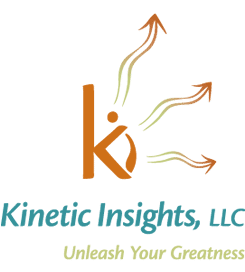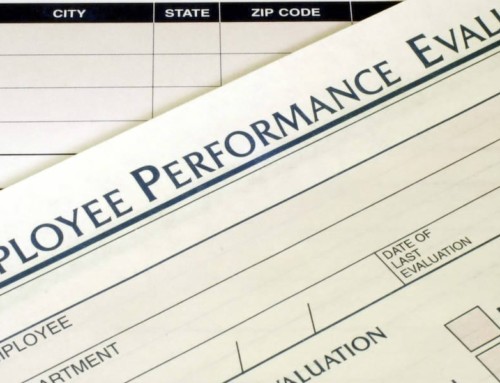Strategic planning: “a systematic process of envisioning a desired future state and translating this future broadly into defined goals or objectives, and a sequence of steps to achieve them.” (Business Dictionary)
Sounds simple. Right?
All you have to do it think vertically from high altitude to low altitude and move information through the funnel, starting with review/revise your vision, mission, values, your customer value proposition and identify internal enablers and inhibitors. Then conduct an external context analysis of your customer needs, regulatory changes, competitor developments, and economic climate. Consider all of this input, and it will lead you to 3-4 strategic themes, strategic results, operational strategies and tactics.
Not so easy, right?
If the thought of strategic planning causes you to wince or pause for a minute, you’re not alone. You might have found the process to be frustrating, even painful, and you wonder what the plan is worth in the end. Since it ‘tis the season’ Kinetic Insights is engaged in this annual process with many clients. With our experience comes a few insights which I’d like to share.
- Organizations are at different levels of maturity in Strategic Planning and the process must meet them at their level and stretch them a bit more. The models (that make it look so easy) are designed with organizations that have MANY seasons of experience (and many MBA’s) from which they’ve learned, refined, and developed a repeatable process. The Balanced Scorecard Institute offers an assessment to gauge how you’re doing compared to other high performing organizations (Strategic Management Maturity Model).
- The plan must be developed with the intention of clear priorities coupled with the operational discipline for executing, monitoring and measuring. Without that, it is only worth the paper it’s written on. A mediocre plan that is executed well will deliver more value than a perfect plan that is executed poorly.
- Informed (and hard) choices must be made. No organization can be ‘everything to everybody.’ Both internal and external analysis are essential to evaluate the trade-offs and make the hard decisions of who to serve, what to do, and how to win in the market-place.
- Don’t keep it a secret. To execute the plan, both horizontal and vertical alignment are essential to focus energy and resources. Cascade the plan down and then bubble up and across ideas, suggestions and best practices to ensure consistent focus and commitment across the organization.
- Give it life: budget for it, talk about it, measure it, and adjust it when the environment changes. Accept that the plan may not be perfect, and focus on achieving the outcomes of the plan. Next year you can do it just a little bit better.
Will 2019 be a year of ‘business as usual’ for your company, or are you ready to create a strategic plan that will engage and align your organization and enhance your success in the marketplace?
At Kinetic Insights, our PathFinders are skilled in helping leaders unleash the greatness in themselves and in their organizations. Call or email us for a quick discussion that just might put you and your team on the path to significant change.
Kristi Thompson, a seasoned professional with more than 25 years experience, devotes herself to aligning people and processes to meet strategic goals with direct impact on an organization’s bottom line.











Leave A Comment